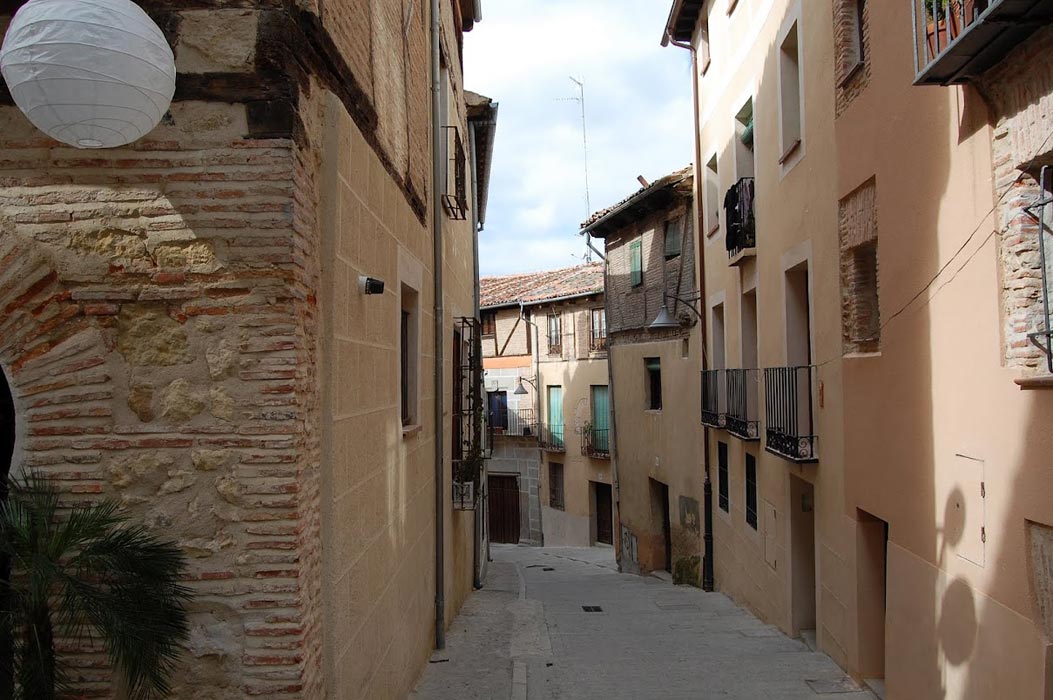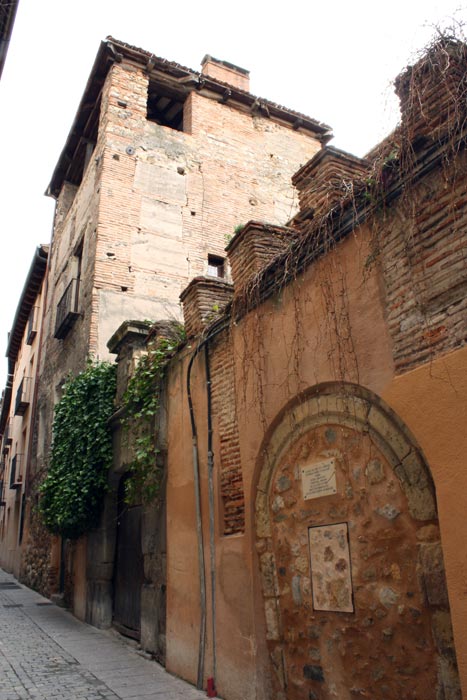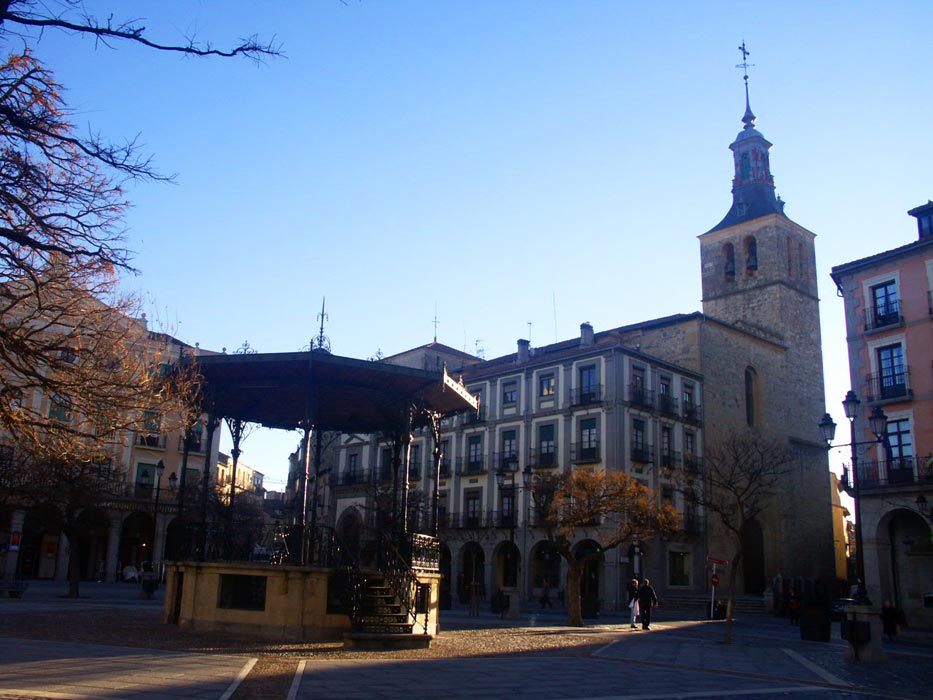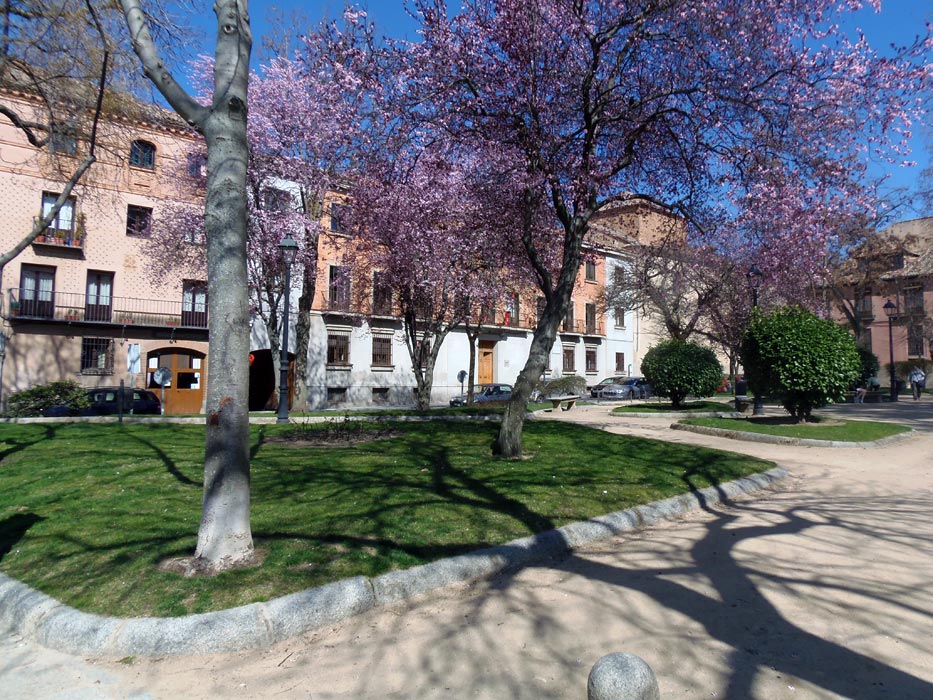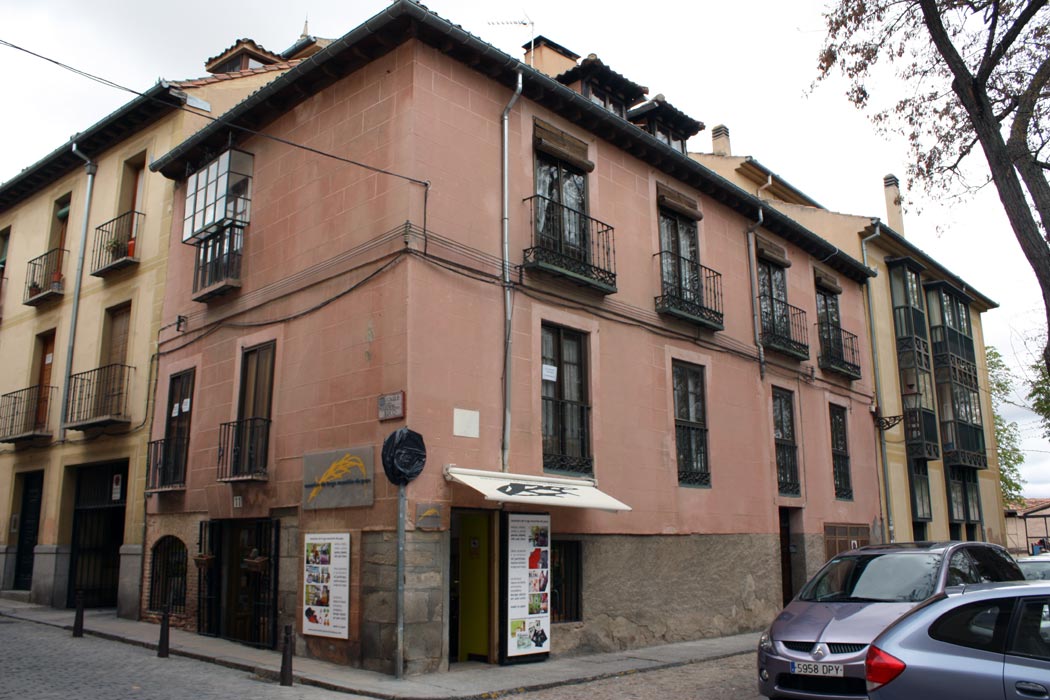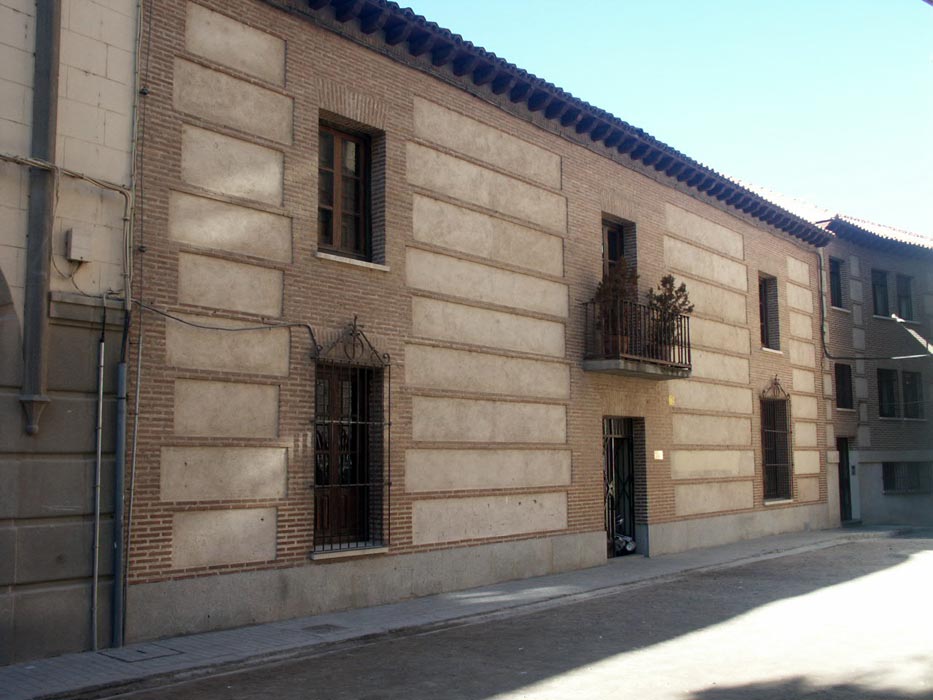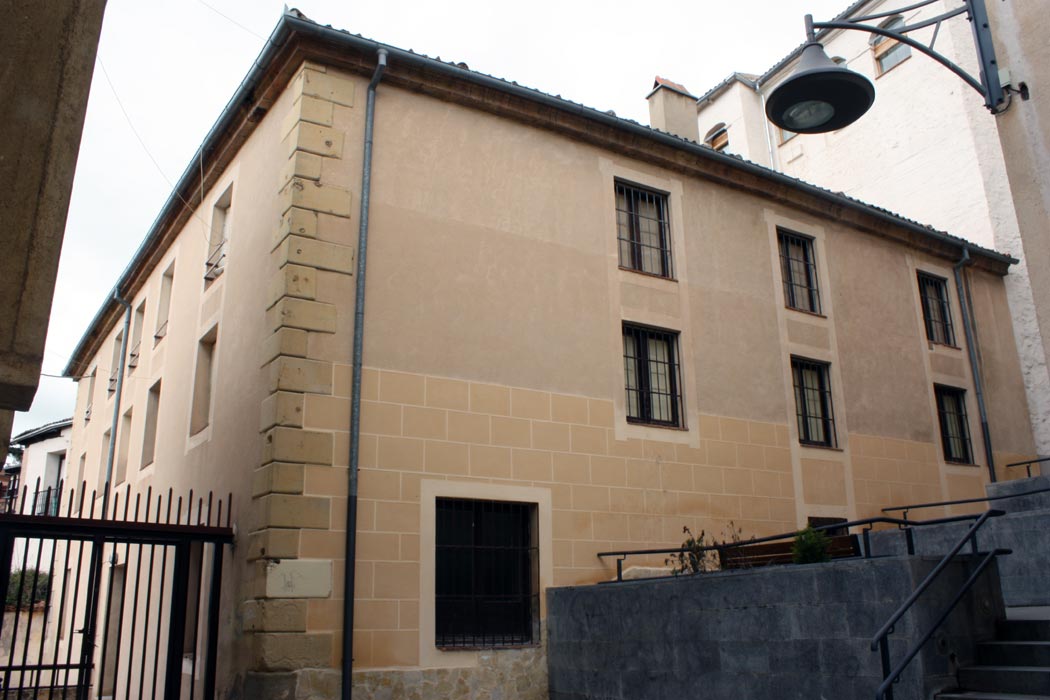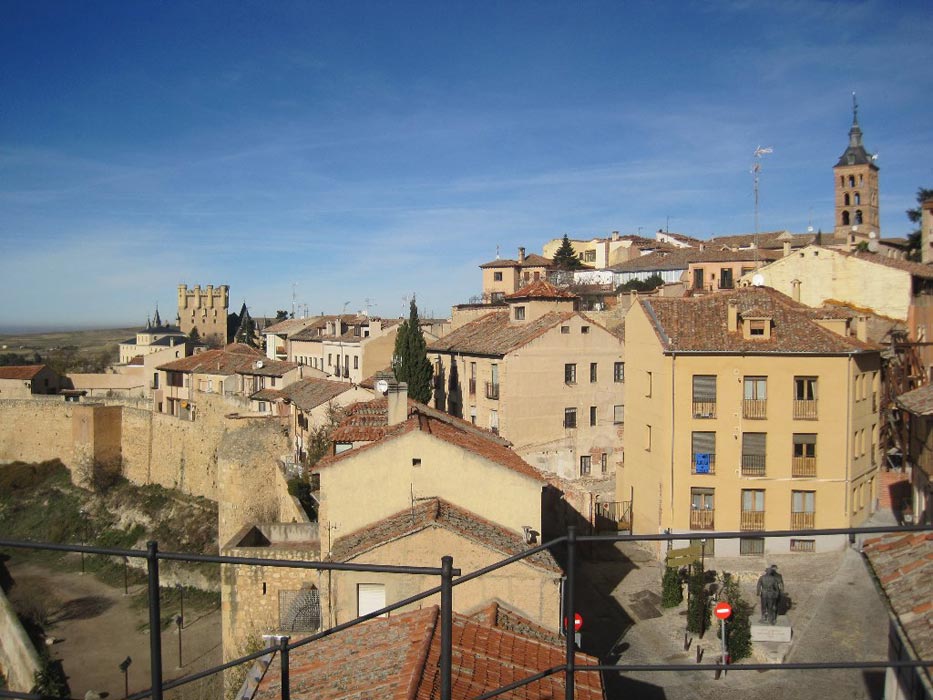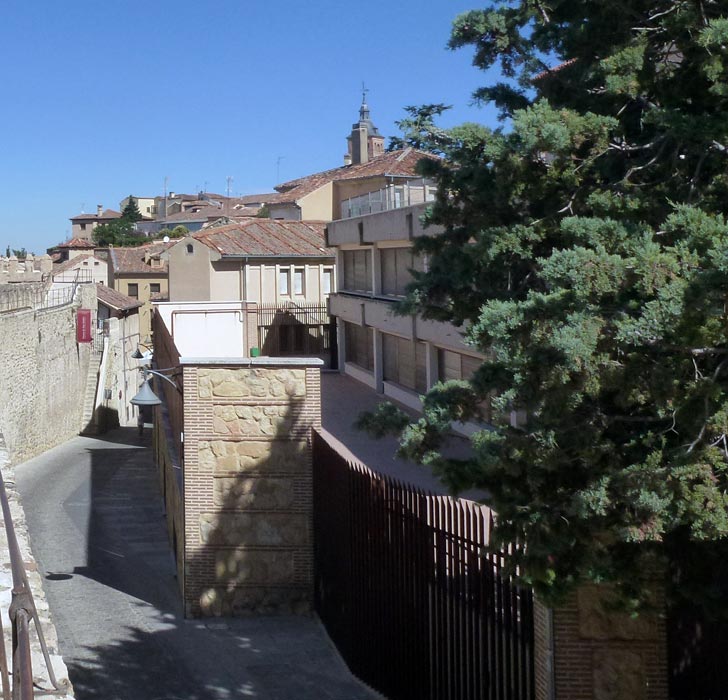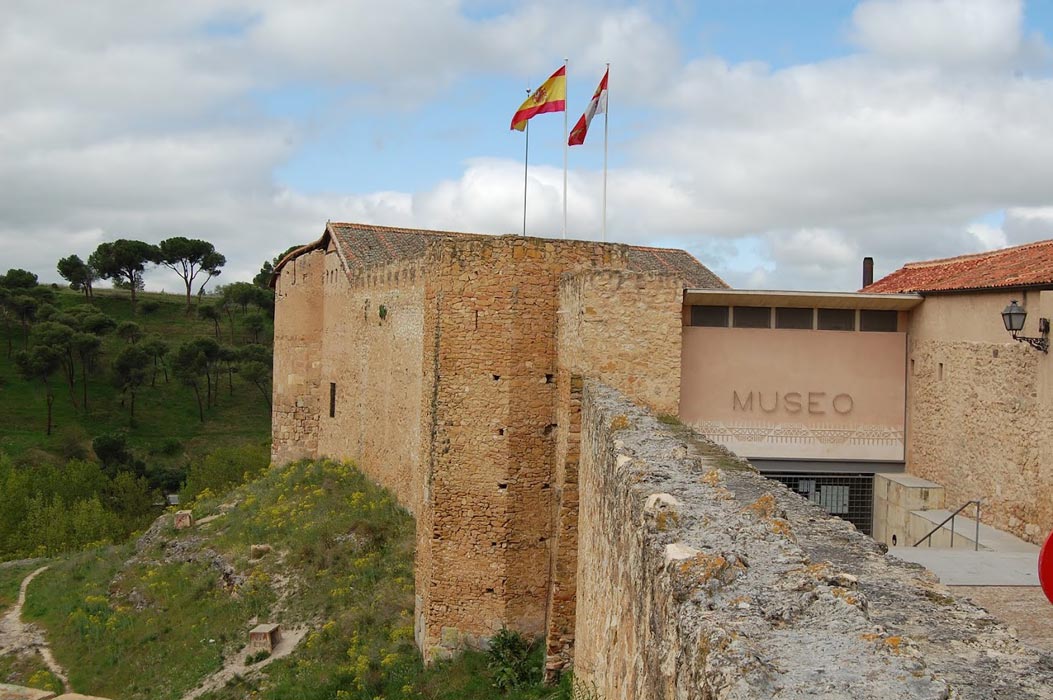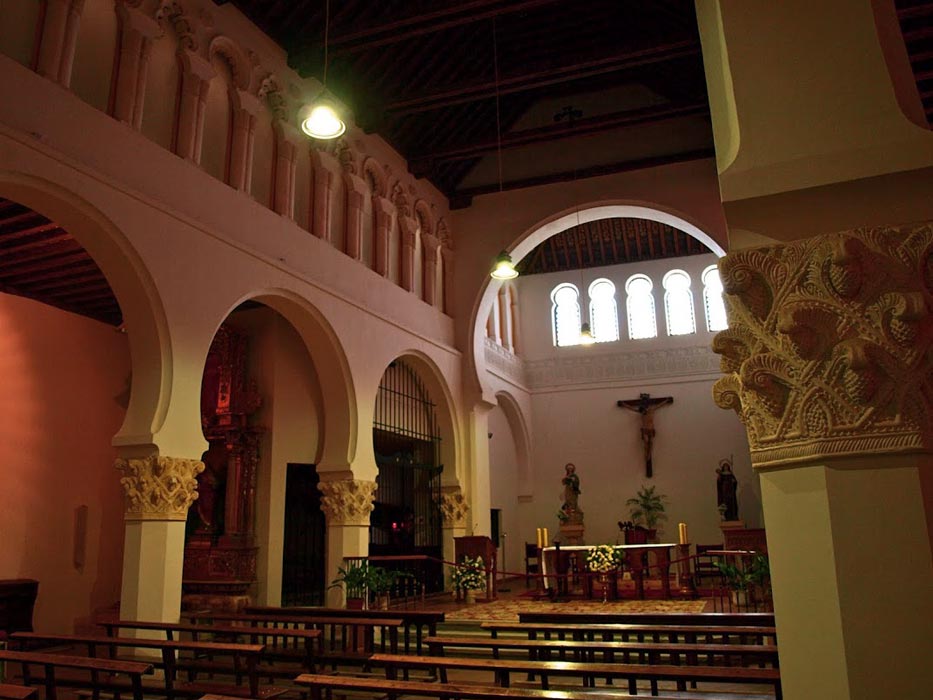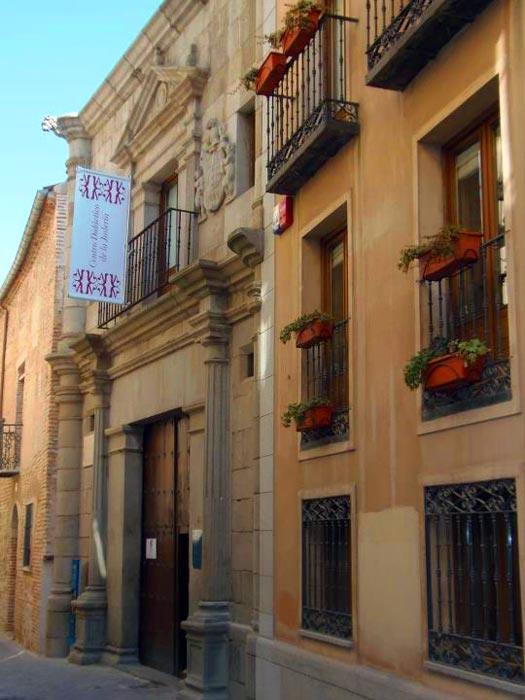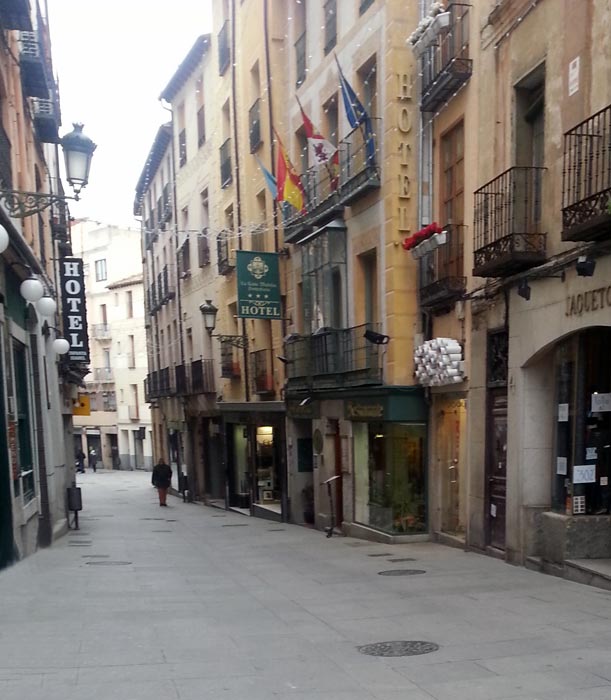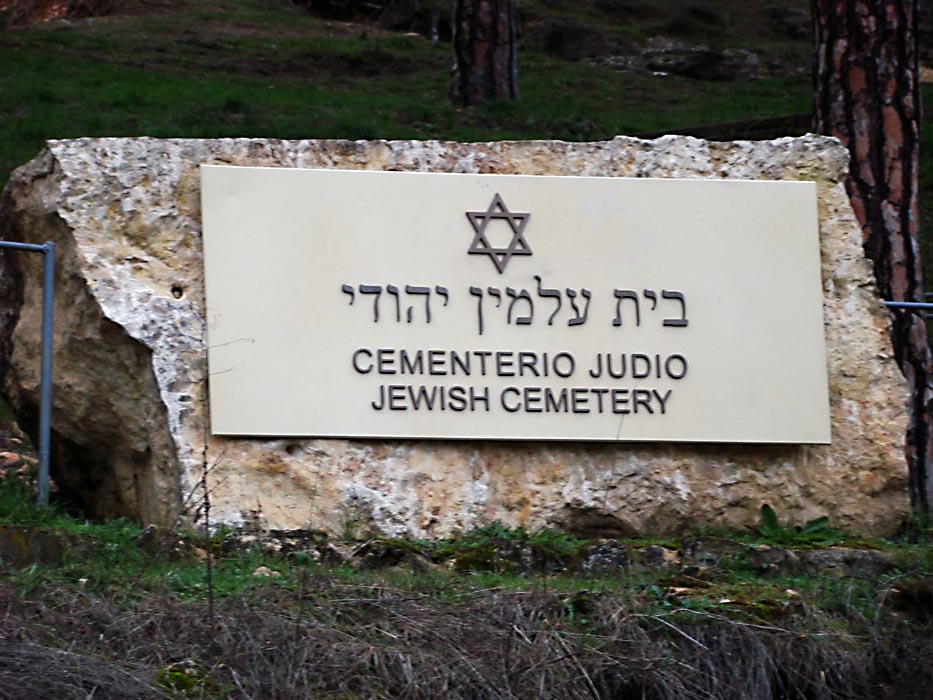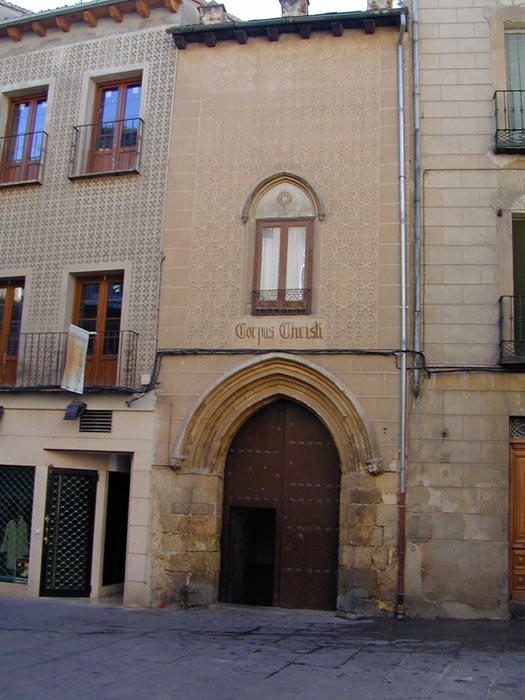
The ancient Mainsynagoguewas the religious centre of the Jewish community of Segovia in medieval times. Located between Juderia Vieja street and the wall, it ran parallel to Puerta del Sol street. The current entrance was via Corpus Christi square, crossing a typical Segovian yard which forms part of the Convent of the Order of St. Clare, the owners of the temple.
Due to the absence of documents it is not possible to know the time and conditions in which the Jewish community built the Mayor Synagogue in Segovia. Researchers have analyzed this synagogue architectural and artistically agree in indicating their strong resemblance to the so-called Santa Maria la Blanca in Toledo.
The orientation of the Main synagogue in Segovia suggests, according to some authors, that it could have been erected on a previous mosque. With documentary evidence of its existence going back to 1373, it is known that it served as a Jewish temple until its confiscation en 1410 and that nine years later it had already been consecrated to Christian worship.
Alongside these large horseshoe arches, supported on octagonal pillars which culminate in beautiful chapters decorated by closed circles, the 40 smaller arches of the upper floor and the Mudejar decoration of the coffered ceiling of the current church afford an idea of the dimensions of the old Jewish temple, one of the five synagogues registered in the city, and there could even be anything up to seven.
After terrible fire of 1899 which reduced the building to its structural lines, at the start of the last decade Segovia city council carried out the restoration of all the plasterwork, stained glass and chapters forming the original ornamentation by means of the original photos of the day of the fire in 1889 which were available and the remains conserved of the plasterwork originals.The artists involved were José María García Moro (Sculptor), José Luis Silveira (Restorer), Carlos Muñoz de Pablos (Stained glass designer) and Valero Herrera Ontañón (Municipal Surveyor).

